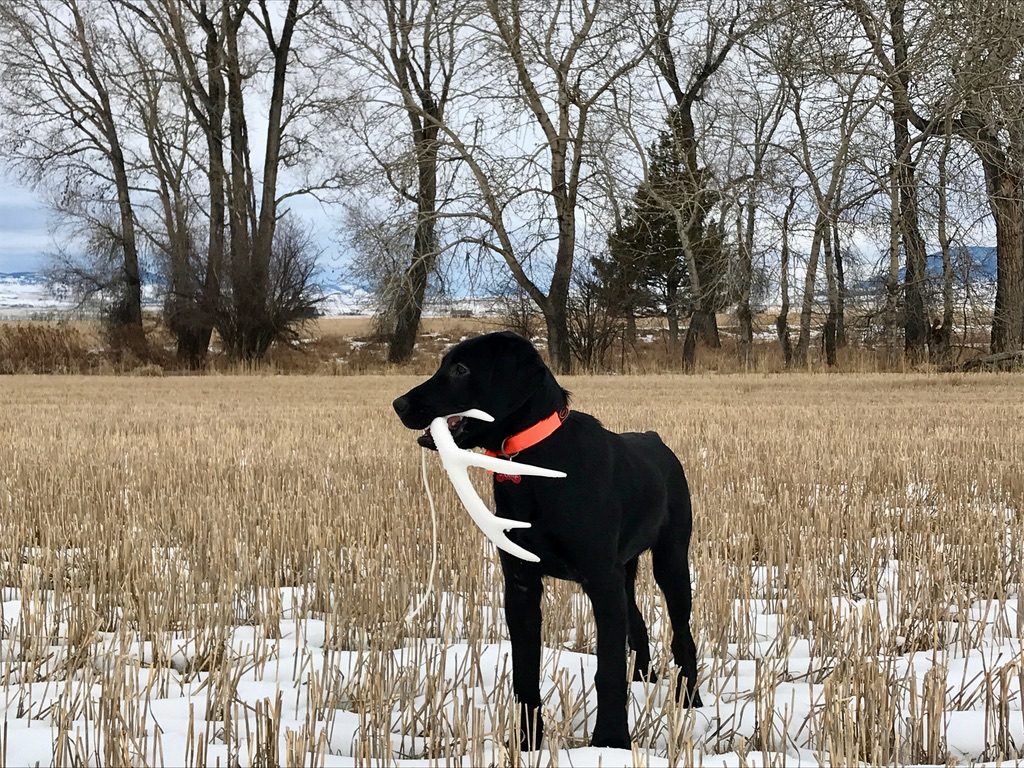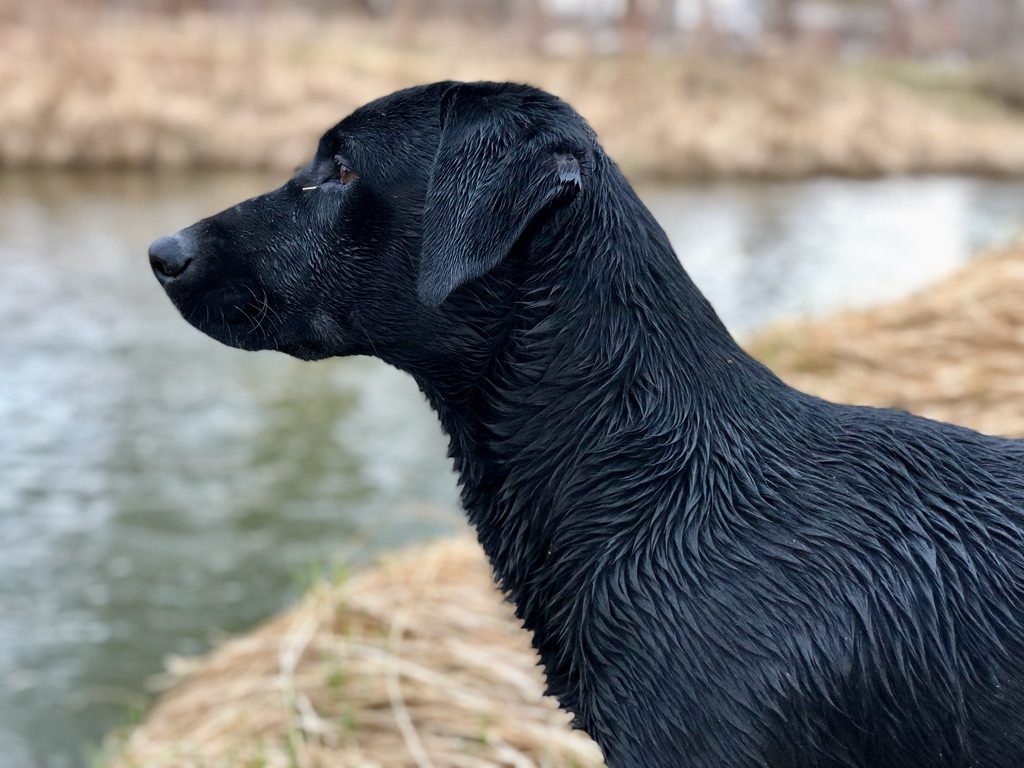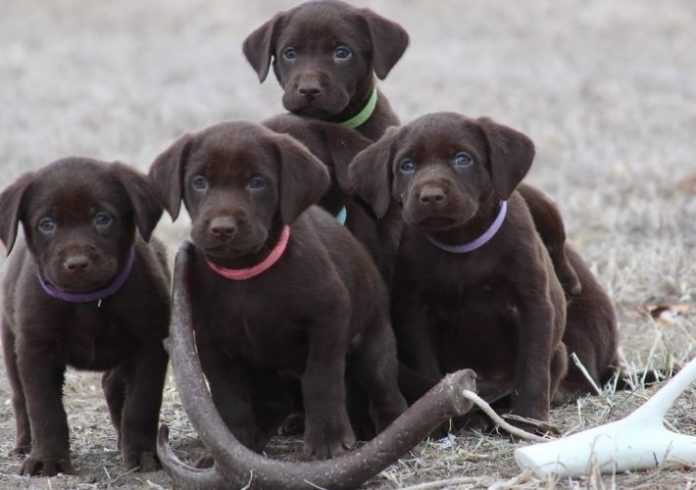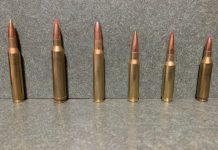You just bought your next hunting partner, a seven to eight week old ten-pound ball of fur who is completely content to rest on your lap as you watch television or read from your favorite most comfortable chair. Looking down at that cute little knucklehead, it’s hard to realize now in as little as six months that dude can be flushing birds, retrieving ducks or finding bones for you.
Of course, it’s going to require some work – but you’re up for the task. In this reading, we will discuss the key fundamentals to have your puppy understanding the “sit”, “stay”, “heal”, and “release” commands.
One of the first things you want to do when training a new puppy is have an action plan on hand that you have scripted for pup. There are some excellent on-line resources, books and DVDs that can guide you in this process.
Two things to understand up front – your puppy is ready to learn, now. You must also understand that your puppy will develop at their pace – don’t push them.
Think of it in a couple different ways. First – you are the primary care giver of puppy – much like parents of a new born child. You wouldn’t welcome a new born child in to your home without proper tools and supplies to care for the child.
Next – you are essentially the teacher and the coach of your pup. And there’s really no adjustment period. Your pup comes to you with the intellectual ability and curiosity of a fifth or sixth grader, not an infant child.
If you teach a class full of students or coach a high school varsity team without a lesson or practice plan – your students and athletes will look at you as though you’ve lost your mind. And of course, respect is out the door immediately.
Such is a similar response as you may expect from pup if you’re not prepared. It’s a natural and easy process, but it takes preparation. A pup wants to please you – and they want to relinquish alpha status to you – but they won’t do it based soley on age and experience – you will have to earn it.

With these things in mind, we develop the initial action plan.
The first step is a brutal assessment of yourself, your abilities, your time and your commitment. There are countless questions, but the bottom line is – Do you have what it takes to train your dog?
We have long conversations with the families who welcome our pups in to their homes. We’ve learned we do ourselves, the purchasing family and most of all, our pups a disservice if we aren’t brutal in these conversations.
Do you have the time? You can’t train a puppy a day or two a week, letting him or her run without supervision the rest of the time and expect to set pup and yourself up for success. It is a serious time commitment.
A puppy should not be unattended – ever. I joke with my wife, often, that raising a pup to six months takes more time and effort than a new born child. But, in humor, there are some truths.
An unattended puppy is a magnet for trouble. They will gladly chew anything in their way with no bias or understanding of expense. And they will make your home their personal porta-potty.
Crate training is a must, however – it is not the end all. A puppy needs socialization. They need interaction, they need instruction, they need a job and they need exercise. All mandatory musts to a well-balanced pup which of course equals peace and tranquility in your universe! These things take time and energy on your part.
These things also require an ability to communicate with pup. Your pup is not a child, nor is he or she an English major. They have no clue what the heck a complete sentence is. They prefer single word or few at best commands that are crisp and definitive. If you ask pup to “come over here and sit down, please” you will get a blank stare in response. However, if you command with the word “sit” and reward accordingly – pup will follow.
There are a number of ways to reward a pup for appropriate behavior. Treat based rewarding, clicker training, and verbal rewards are a few such methods. Be consistent – understand cues of desired behavior and reward immediately.
For the new puppy, feeding time is an excellent opportunity for training. Generally, you feed a pup morning and night. Making them earn their dinner is a great opportunity to introduce commands such as “sit”, “stay”, “heal” and whatever release command you chose to use. The popular method of release is pup’s name.
You can allow pup to go through sequences a few times during each feeding. Starting with the “sit” command. Command “sit”, once puppy drops their hind end set food bowl in front of them. Allow them to get several bites, pick up the bowl, repeat the process.
Once puppy shows a solid understanding, you can introduce stay and the release command. Ask pup to “sit” and then command “stay.” Put the food out a couple feet in front of puppy. If the dog breaks, return pup to original spot and repeat the process. When pup does stay, release him/her by calling pup’s name – verbally rewarding them for a job well done.
When pup starts to show a solid understanding, you can move the food further way and increase the time in which you ask them to stay. This will build the foundation towards the next command you want to introduce, which is “heal.”
Have pup sit and stay, place their food a distance out in front of them. Walk back to pup’s location standing directly beside them so they are in a “heal” position and command “heal.” You will then release pup placing your hand down at their head with fingers and thumbs straight out in a military “knife-style” hand gesture releasing pup with their name.
Eventually you can hold the food in one hand and a kibble of food in the other, using the kibble as a directional reward to place pup in the heal position. To do this, show pup the kibble, guiding him next to your leg in the heal position (if pup is looking directly at you, have them follow the kibble in a circular motion to your side looking forward saying “heal” which should have pup plant his or her hind end). You can now say “stay”, walk the food out to a distance, return to pup with their position next to your leg at a heal and again release them with their name.
Eventually – through repetition and consistency – heal will be the command for pup to assume the heal position, sit and stay without being commanded to sit and stay.
This is a key foundation to steadying your dog. Repeat these steps religiously during feeding times introducing greater distances and longer expectations for puppy to stay. Remember, you can set them up and instruct them multiple times during each feeding by allowing them to get a handful of bites before picking up their bowl and repeating each step of training until they have cleaned their bowl of all food. If ever during training your puppy decides to break before your release them, simply re-position pup in the heal command and repeat steps.
Communication, consistency and patience are key. Remain calm
with a pup when they are testing your tolerance. Remember your dog picks up on your non-verbal cues just as much as they do your spoken cues. If you are frustrated or angry, pup will read that and not respond in the way you are hoping. Confidence and how you present yourself to pup are also paramount. In your life, you’ve witnessed leaders who command a room with their presence. This ability evokes confidence in you from pup and expedites training exponentially.

Training a puppy is about building blocks with the understanding each level has to be solid before adding to previous foundations. Before introducing something new to a puppy, be sure they understand without question your expectation of each step before introducing something new to them. It is also the proverbial A,B,C approach. To get to B, A has to be firmly in place – and you can’t introduce C without B.
There are few things more rewarding than training a dog and watching them grow and respond from your tutelage. It takes effort, time and consistency as well as a heavy dose of patience and understanding. But, with said ingredients, it won’t be long before you have a self-taught and produced hunting machine at your side. For more tips and tactics find me on Facebook.















